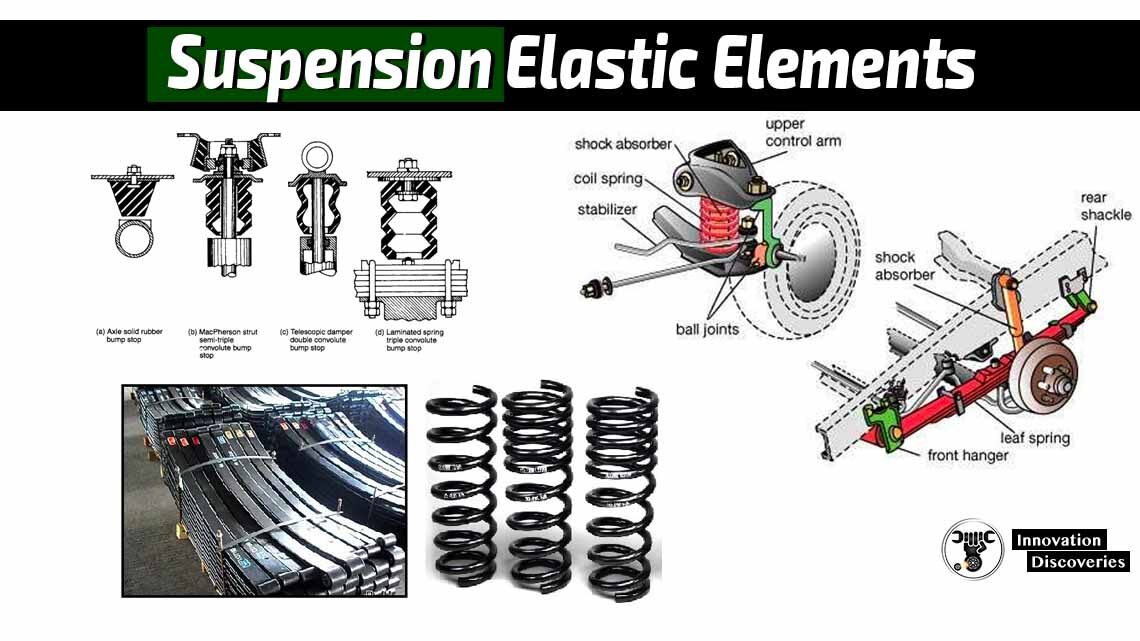
Suspension elastic elements soften tremors, reduce vertical acceleration and dynamic loads transmitted to the supporting structure when the car is moving.
As a result of the work of the elastic element, “copying” by the body of the profile of road irregularities is excluded and the smoothness of the car’s progress is improved.
A good ride is considered one in which the body oscillates at a frequency of 1 – 1.3 Hz.
Suspension elastic elements of the car are designed to mitigate shock and shock, as well as reduce vertical acceleration and dynamic load, which is transmitted to the structure when the car moves.
Suspension elastic elements avoid direct impact of road irregularities on the body profile and provide the necessary ride.
The limits of optimum smoothness range from 1-1.3 Hz.
The main types of suspension elastic elements:
- Metal: leaf springs, coil springs, torsion bars (torsion bars);
- Non-metallic: pneumatic, hydropneumatic and rubber (provide elasticity of the suspension due to the elastic properties of rubber, air and liquid).
1. Leaf springs
The main element of a spring suspension for trucks. The spring suspension includes the spring itself with attachment points, and sometimes a shock absorber.
Springs construction.
The spring consists of steel sheets of the same width and different lengths, assembled together.
The curvature of the sheets is also not the same and depends on their length. The curvature of the sheets provides a snug fit for each other.
In the assembled state, the spring is pulled together by a central locking bolt, and the spring sheets are fastened with clamps, which excludes the possibility of lateral movement of the spring sheets relative to each other.
The clamps provide the transfer of load from the root sheet to other spring leaves during its reverse deflection.
The root sheet is the longest, therefore, the spring is attached to the car body (frame) of the car at their ends.
2. Springs
Coil (coil) springs are made of round bars and can be cylindrical, conical or barrel-shaped. For the manufacture of springs, spring-spring steels are used (as for leaf springs).
For cars, springs are the main elastic element.
The springs are subjected to heat treatment, which is carried out in modern conveyor furnaces, and therefore meet the modern requirements of the automotive industry.
3. Torsion bars
Torsion bars are used on independent wheel suspensions mainly on multi-axle vehicles and trailers.
There are exceptions when torsion bars are used on some cars.
The torsion bar is an elastic steel rod that works on twisting.
Typically, a torsion bar is a metal rod of the circular cross-section with a spline connection at the ends.
Torsion consists of a set of plates, rods, beams of a certain section.
The torsion bar is attached to the body (frame) of the car at one end, to the lever at the other. When moving the wheels, the torsion bar is twisted, thereby achieving an elastic connection between the wheel and the body.
Torsion bars are used in various independent suspensions: on double wishbones, on trailing arms, with connected trailing arms (torsion beam).
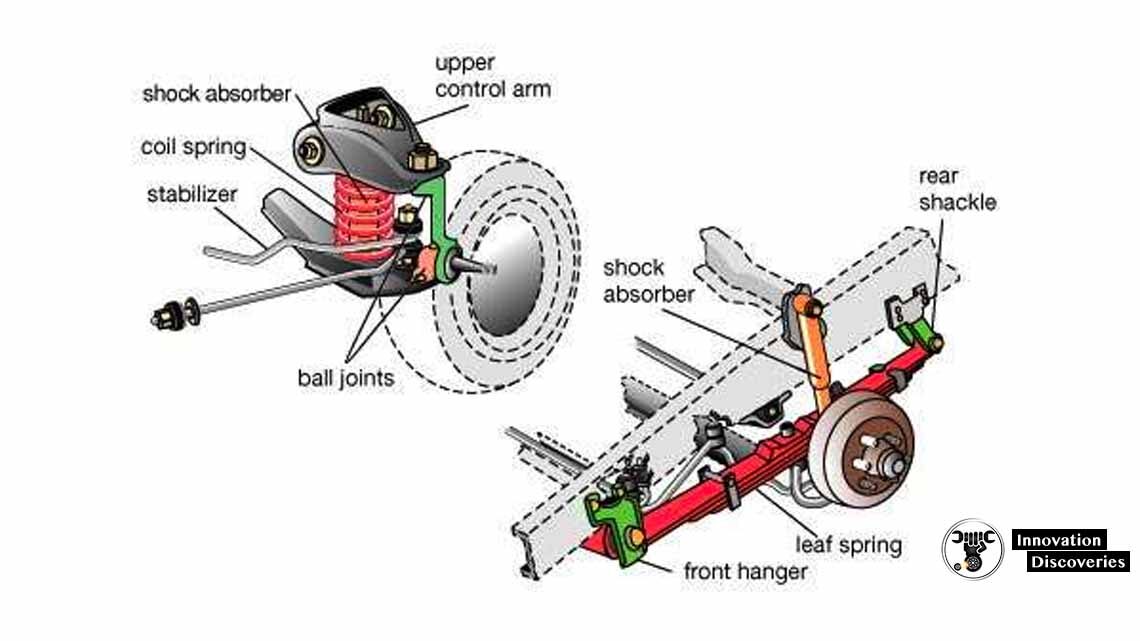
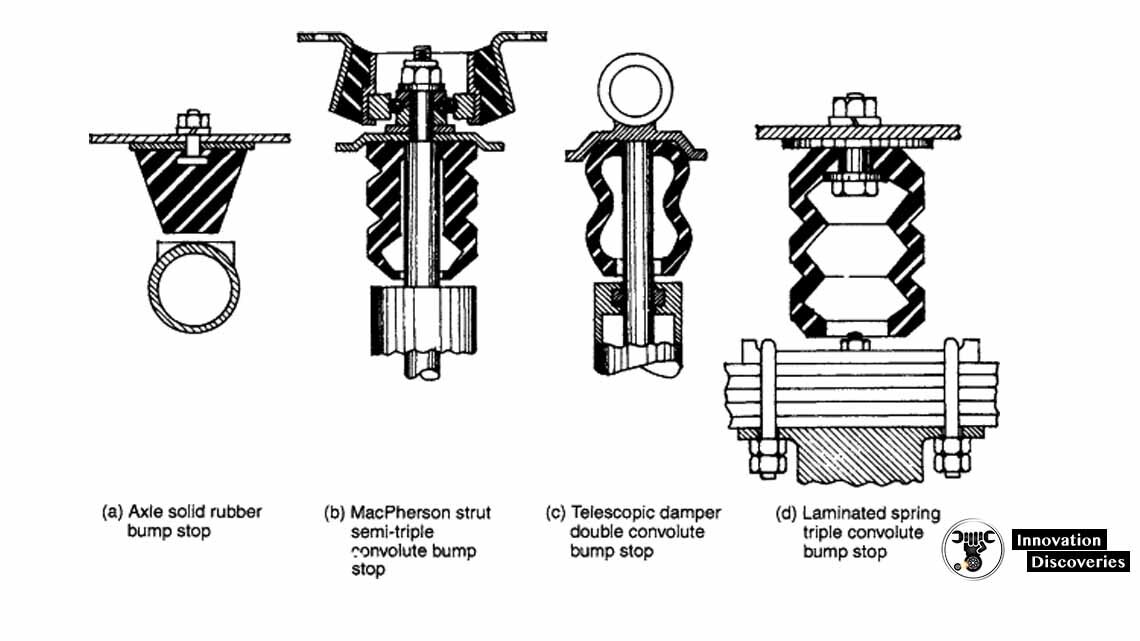
Read More:



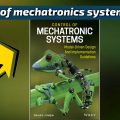
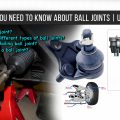
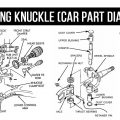
4 Comments